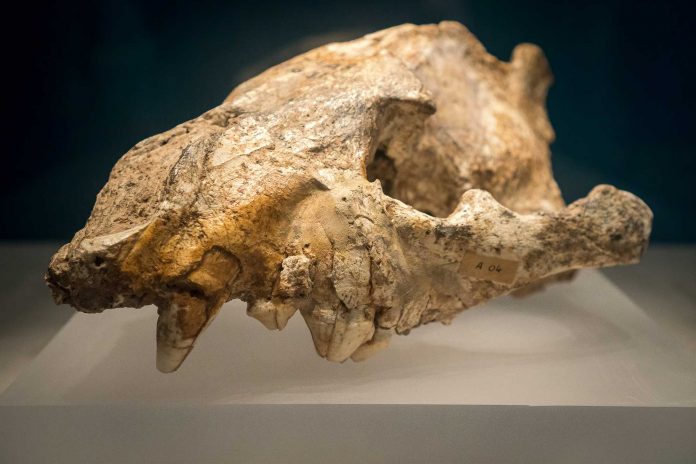If you’re looking for an educational and interesting family outing in Haikou before school starts again, the Zhoukoudian Site Cultural Exhibition at the Hainan Museum is a good choice.
Peking Man
Peking Man is believed to have lived approximately 700,000 to 200,000 years ago during the Middle Pleistocene era.
This exhibition delves into the rich history of the Zhoukoudian archaeological site, famously known for the discovery of the Peking Man.
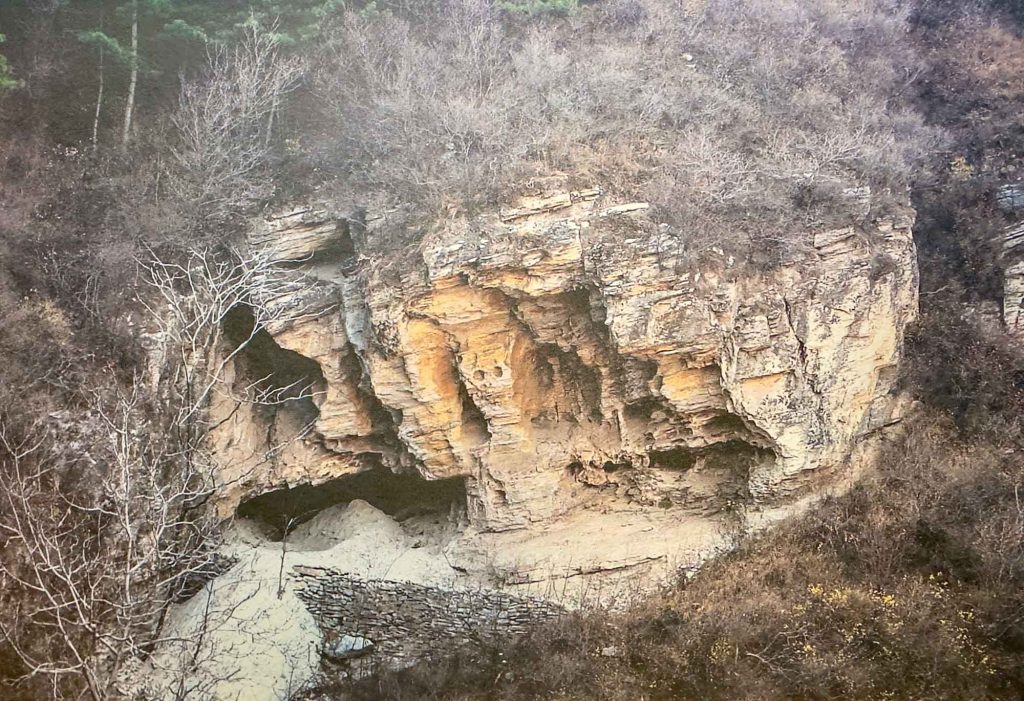
While unfortunately there is no information in English (WeChat does a good enough job in translating), the exhibition offers a wealth of information about early human evolution and prehistoric culture.
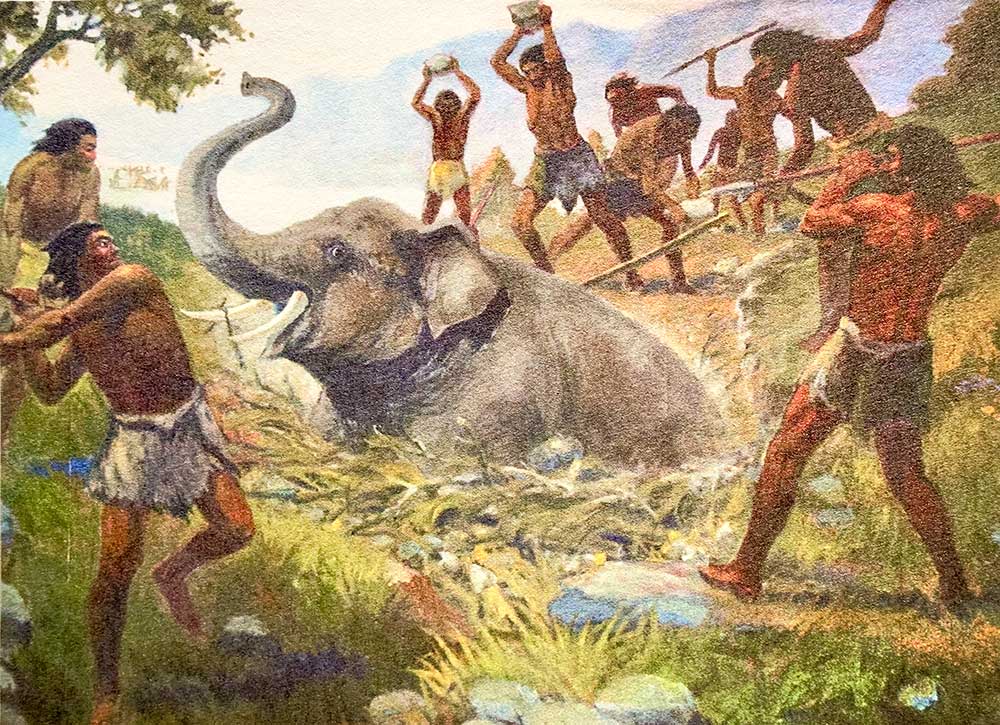
The Discovery of Peking Man
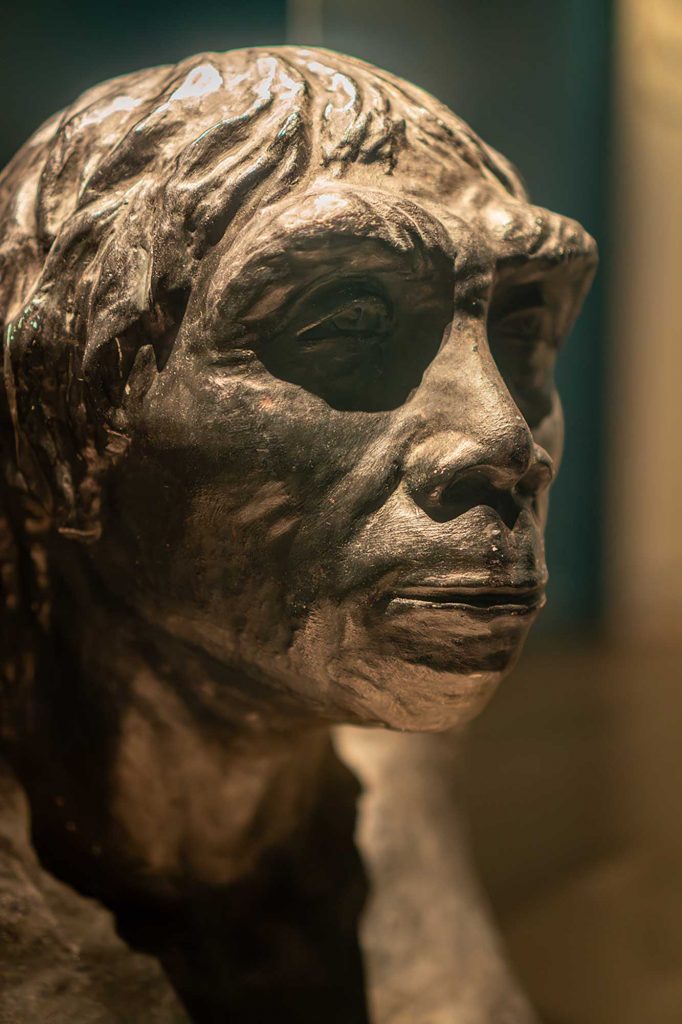
Peking Man is believed to have lived approximately 700,000 to 200,000 years ago during the Middle Pleistocene era. This hominin is classified within the species Homo erectus and provides significant insights into human evolution. The Zhoukoudian site has been an important window into understanding human evolution and ancient cultures since its discovery in 1918.
The journey began with Swedish geologist Johan Gunnar Andersson, who unearthed fossils that had been buried for hundreds of thousands of years.
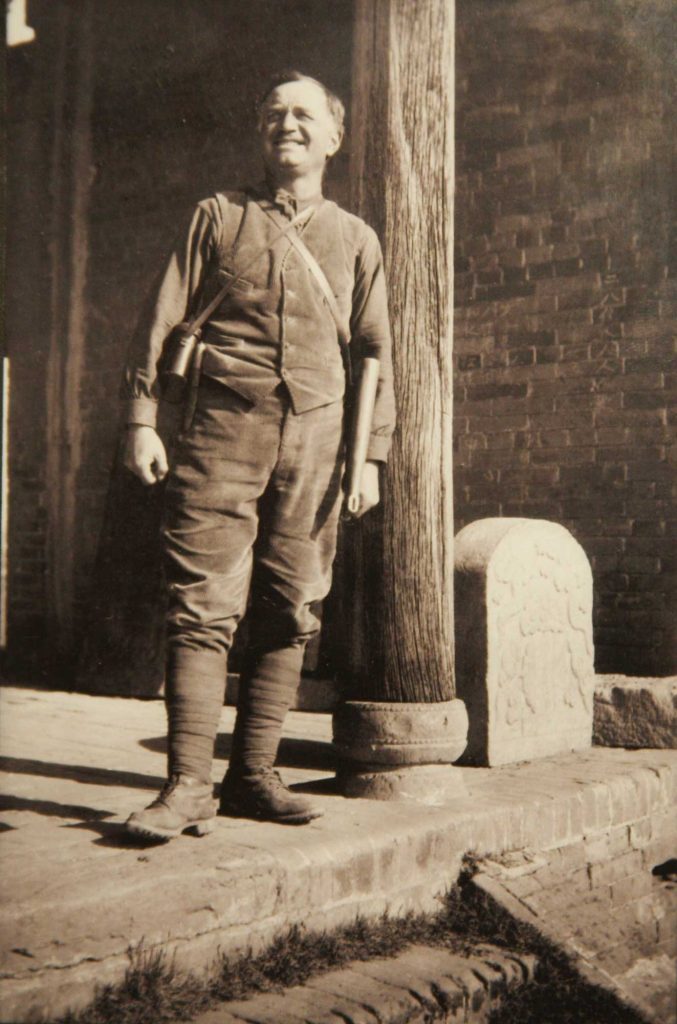

In the early 1920s, Andersson and Austrian palaeontologist Otto Zdansky, guided by local farmers, discovered a tooth that was later identified as belonging to an early human. This discovery was publicly announced in 1926, drawing global attention to Zhoukoudian.
Interrupted Progress
The excavation efforts at Zhoukoudian faced significant interruptions due to historical events. The work was halted in 1937 following the outbreak of the Lugou Bridge Incident. After the establishment of the People’s Republic of China, excavations resumed, leading to the discovery of numerous Peking Man fossils, including teeth, limb bones, and parts of the skull.
Significant Finds and Fossils

Key discoveries at the site include:
In 1951 and 1966, fossils such as teeth, limb bones, and parts of the skull were found, which helped piece together a more complete picture of the Peking Man.
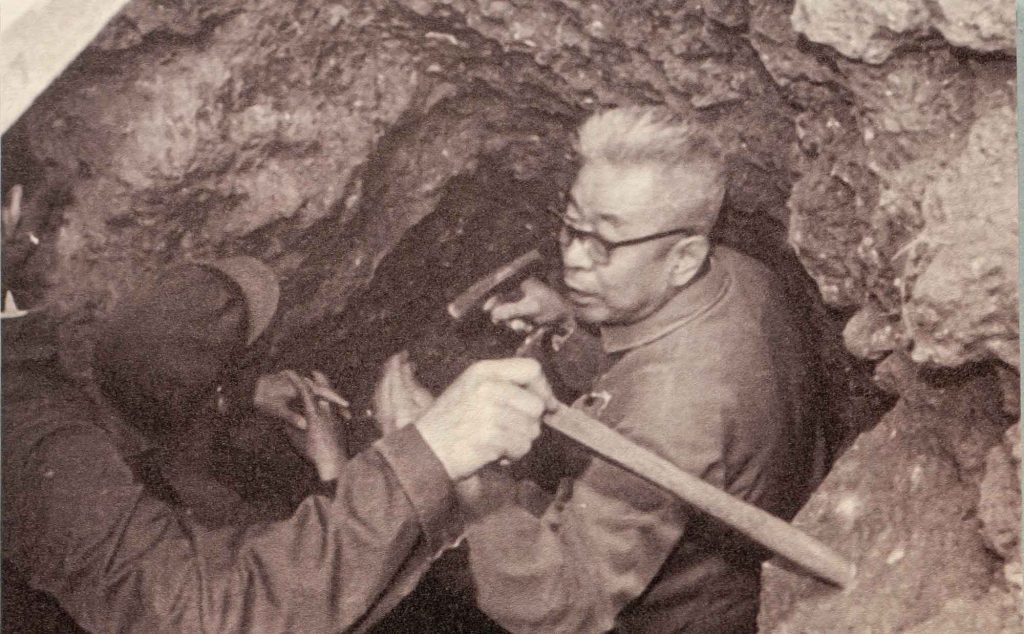
In 1973 and 2003, new excavation sites revealed additional fossils, expanding our understanding of early human life.
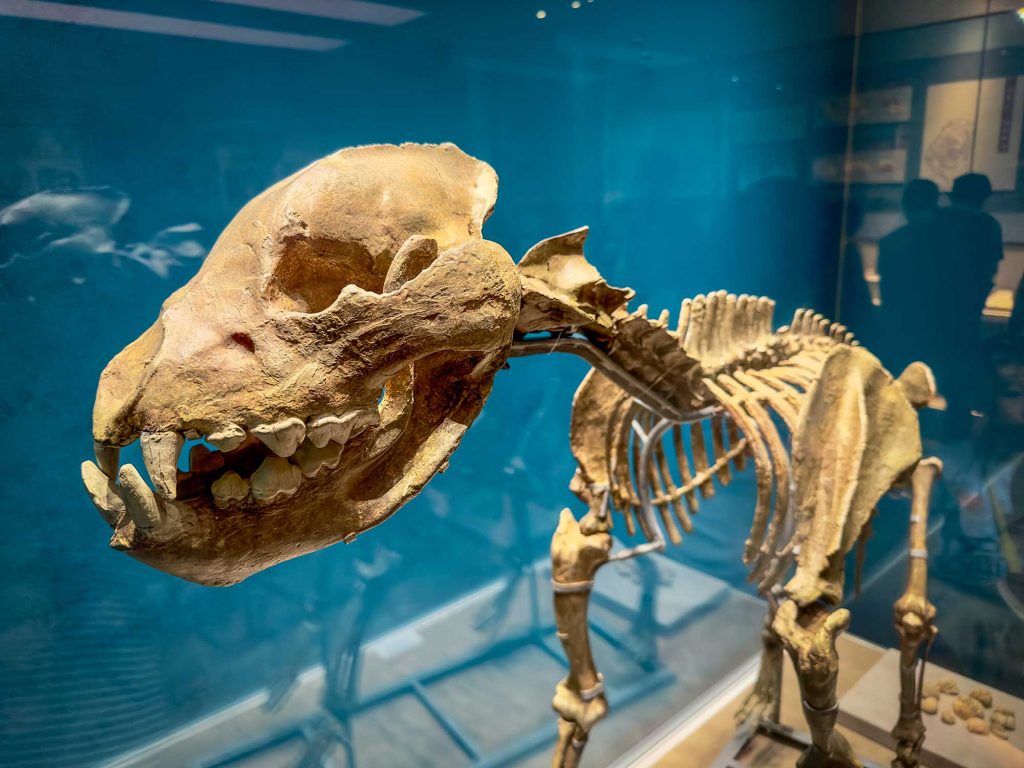
Stone Tools and Daily Life
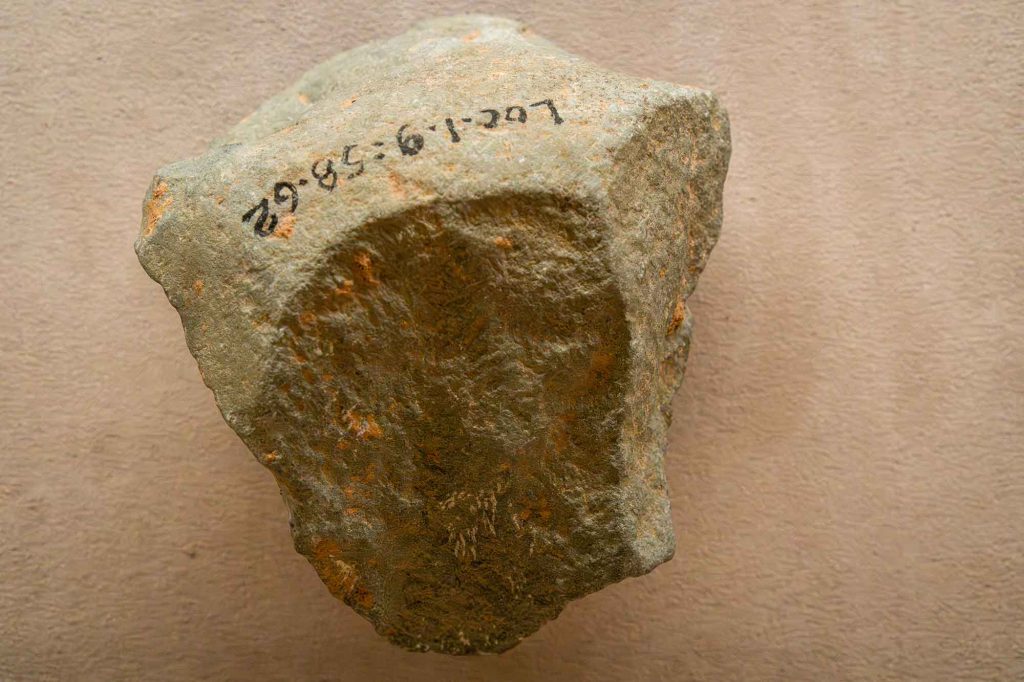
The exhibition showcases a variety of stone tools used by the Peking Man. These include:
- Production Tools: Stone hammers and anvils used to create other tools.
- Processing Tools: Items such as stone cores, pebbles, and fragments for processing materials.
- Categorization of Tools: Tools are classified into three categories: wide-edged, pointed, and edge-less. Each category had specific uses, such as cutting, scraping, or carving.
The Mystery of the Missing Fossils
One of the most intriguing aspects of the exhibition is the story of the missing Peking Man fossils. During World War II, efforts were made to safeguard these fossils by transferring them to the American Museum of Natural History. Unfortunately, they disappeared enroute, and their whereabouts remain unknown to this day.
The Shandingdong Site
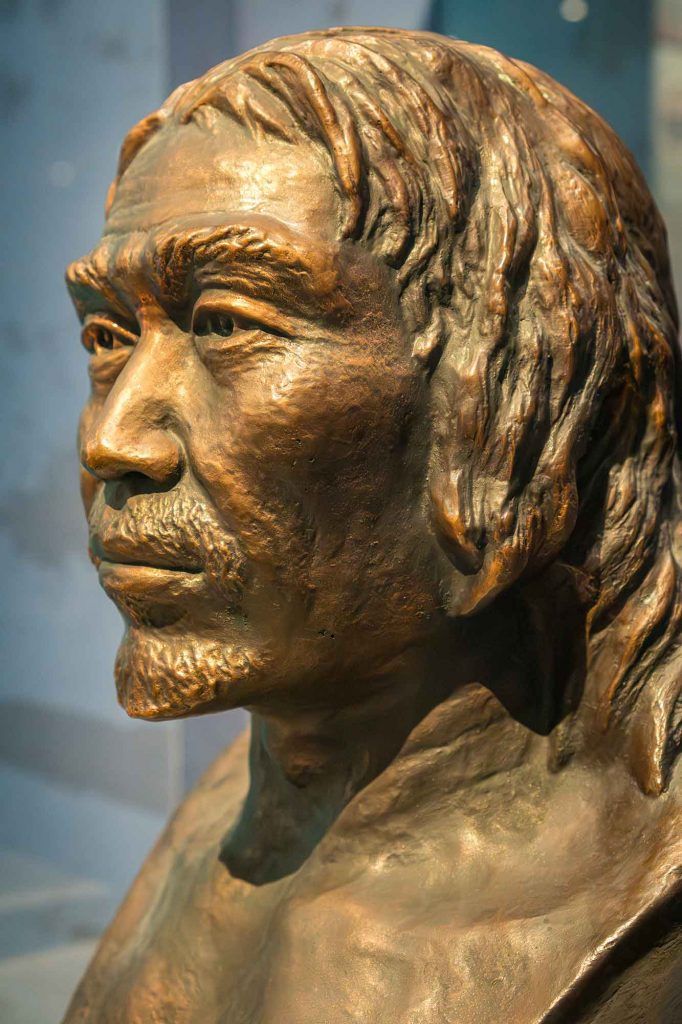
Discovered in 1930, the Shandingdong site unearthed fossils of late Homo sapiens dating back approximately 30,000 years. This site revealed human fossils and over 140 artifacts, including ornaments and tools, showcasing the lives of these early humans.
Ongoing Research
Research at the Zhoukoudian site has never ceased, continuously yielding valuable insights into early human history. The site remains a focal point of international paleoanthropological studies.
Visiting the Exhibition
The Zhoukoudian Site Cultural Exhibition at the Hainan Museum offers a captivating glimpse into our distant past. Whether you’re a history enthusiast or looking for an enriching family outing, this exhibition is well worth a visit.
Opening times: Tuesday – Sunday 09:00 – 17:00 (closed on Monday)
Ticket price: Free (take your passport for entry)
Address: 海口市琼山区国兴大道68号
Related article: Discover more from historical Haikou



